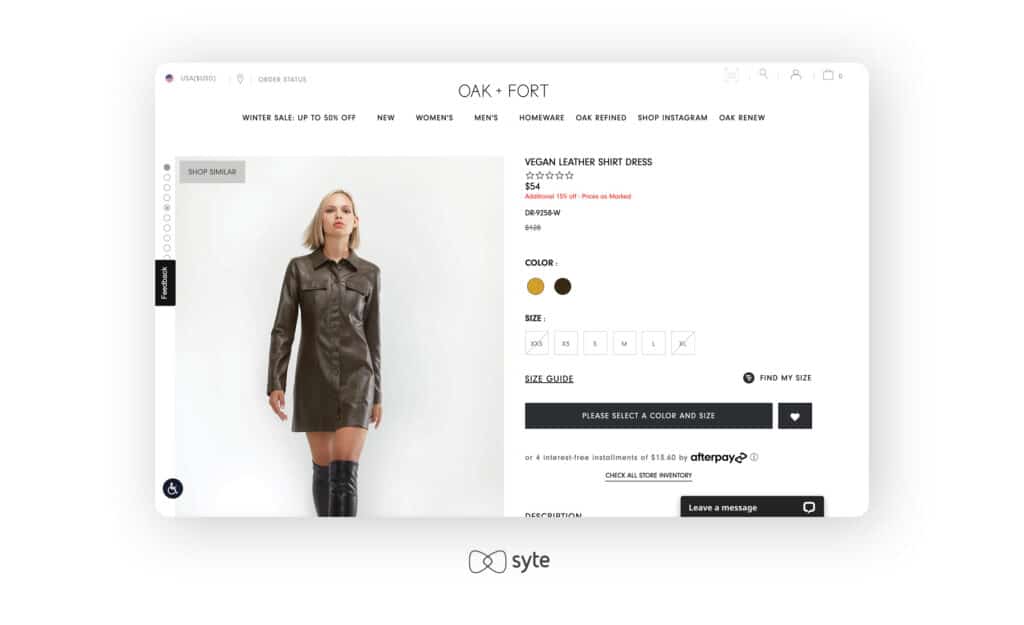Product tags are keywords that are used to describe your SKUs and organize your inventory. They make it easier to categorize items, run a successful merchandising strategy, and surface products that match what customers are searching for on your website.
Accurate, updated, and consistent product tagging serves as one of the core foundations for continuous product discovery and a smooth user experience. Product tags make search and navigation on your site possible. They ensure that your search engine, menu, and filters return results that are relevant to shoppers.
Product tags can vary in scope as they can be anywhere from wide-ranging to specific. Often, what brands and retailers use are based on the kind of products that they offer as well as the volume of their catalog.

Why It Matters
Product tagging is important in keeping things in order; these descriptors organize and categorize products. When product tags are enabled, they make exploring on websites easier for customers and encourage continuous product discovery. In turn, these factors make shopping with your brand memorable and stand out from the competition.
Besides organizing your inventory, product tags can also improve your rankings in search engines. The keywords are captured by search engines such as Google so your website and products can appear as relevant results when certain words or images are used to make a query. The information can cover titles, brand, prices, availability as well as attributes such as color, style, and size.
Key Benefits
Some of the benefits of using and optimizing product tags include:
- Connecting shoppers to the right product faster. Customers will not always be patient when browsing through your inventory. They also won’t necessarily have the words to describe the item they are looking for. When product tags are optimized, customers will see the most relevant results first, regardless of whether they entered the exact terms or just synonyms.
- Enabling shoppers to enjoy a more personalized experience. When product tags are enhanced by visual AI, the results from website searches and suggestions on recommendation carousels are more aligned to a shopper’s unique preferences. Visual AI automatically identifies attributes on a granular level and assigns more descriptive product attributes than manual tagging. It can detect the minute details that shoppers interact with on each item and use this data to keep products updated and improve the search results and recommendations your site delivers to users.
- Making the process of organizing your catalog more efficient. Automating product tagging gives your team more time and resources as well as reduces human error.
- Allowing for better inventory management. With the help of AI, product tags can let you see which products and keywords are highly sought after. You can track popular search terms and which products are running low in stock. On the other hand, having robust tags also enables you to gain insights into poor-performing SKUs and adjust your merchandising strategy accordingly.
When product tags are underutilized, brands and retailers might suffer from the following:
- Poor customer experience. When the search function on your website does not return relevant or sufficient results due to inconsistent product tagging, it can lead to customers being dissatisfied and leaving for another brand.
- Waste of resources. Product tags give brands insights into what items are selling. Without accurate product attributes, it can be difficult to understand why a product is popular, or otherwise.